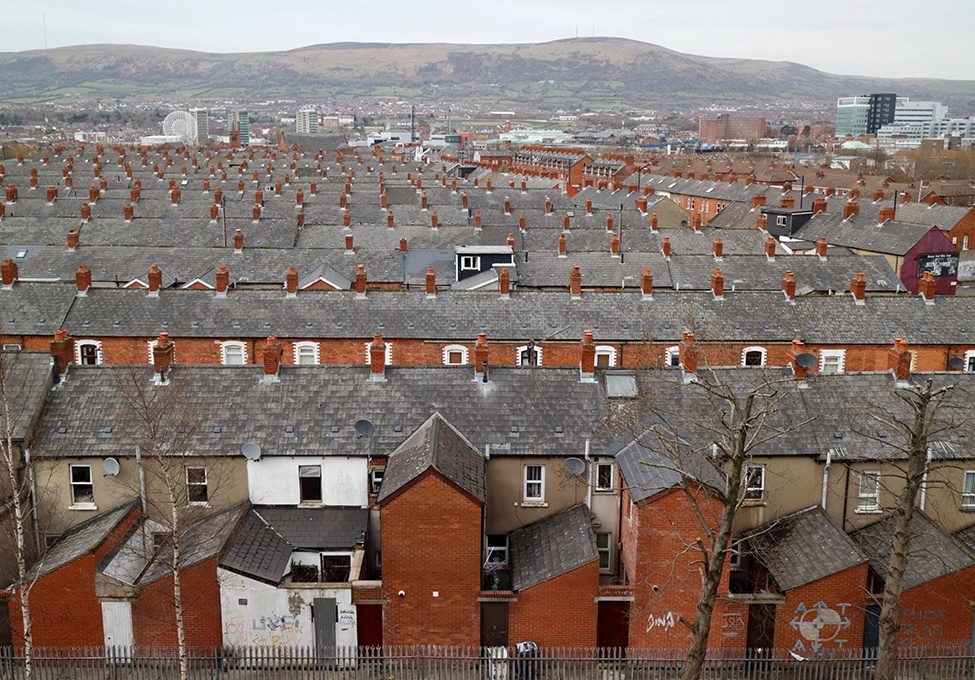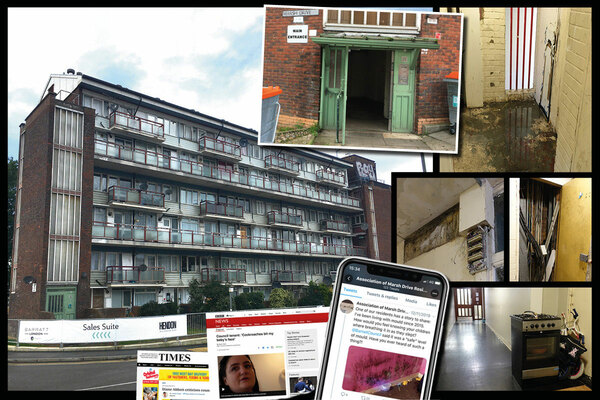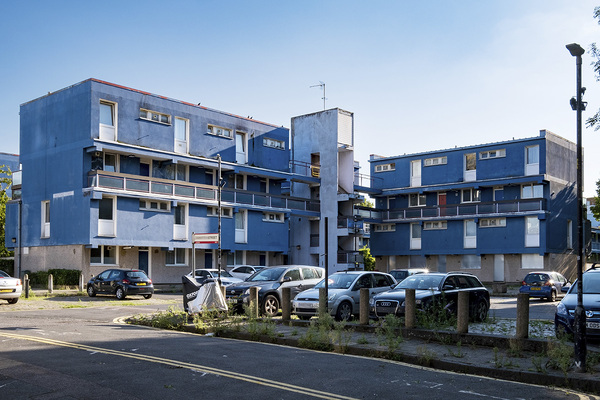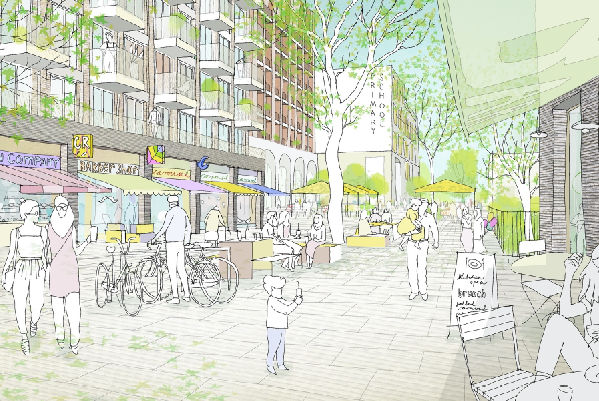You are viewing 1 of your 1 free articles
Rehabilitation not regeneration: let’s make the most of our existing housing stock
With the trend towards estate regeneration, much original social housing stock is being lost. But that’s not always the answer as social tenants become displaced, argues Cym D’Souza
Is it time for housing associations to return, at least in part, to their roots as inner city regenerators? Should they be embracing and campaigning for a new wave of rehabilitation of older homes that still make up the majority of the nation’s housing stock?
After all, reconditioning of ‘back-to-backs’ in designated clearance zones within the inner city neighbourhoods of our major conurbations was the core activity of ‘Homes Fit for Heroes’ – housing societies founded in the 1920s and 1930s.
It was also a primary function of the ‘social action’ housing associations, set up in the wake of the mid-1960s Shelter campaign to rehabilitate rundown housing in the so-called ‘twilight zones’ which were suffering the degradation of multiple occupation, intimidation, and neglect by private landlords, for whom Peter Rachman was the emblem.
And the Housing Act 1974, which introduced large-scale public funding for housing associations for the first time, also established Housing Action Areas, which were mainly inner city neighbourhoods with older housing untouched by clearance.
Much of the work undertaken by housing associations for most of their history has been as urban renewal agencies, with a focus on rehabilitation of older homes, provision of localised services and support, and an emphasis on anchoring communities while embedding sustainability.
These communities were often the most deprived and home to successive waves of migration of black and minority ethnic people. They remain to this day the chief focus of BME housing organisation ownership and management across the country.
“Inner city rehab contrasts with the current approach to regeneration of social housing estates where commercial concerns, such as inclusion of homeownership, has played some part in displacing social tenants”
Inner city rehab contrasts with the current approach to regeneration of social housing estates where commercial concerns, such as inclusion of homeownership, has played some part in displacing social tenants.
According to research, gentrification via estate regeneration, especially in London, has displaced around 150,000 social tenants in the past few years, sparking a range of tenant and community-led action groups fighting to remain on their estates and close to friends, family and neighbours.
The majority of 216,000 homes empty for more than six months in England are located in the conurbations of the North and the Midlands, although there are also 20,000 in London.
They are often located in the most deprived neighbourhoods with multiple problems, including rundown housing.
There are neighbourhoods where over 10% of homes are empty and roads which have been completely abandoned, according to the campaign against empty housing.
In other neighbourhoods, poor standard housing sits alongside many boarded-up properties.
Of course, investing in empty homes is not the only solution as there are sometime valid reasons why they are empty.
The housing conditions in these neighbourhoods, which often include the lower end of the private rented sector and marginal homeownership, are part of the housing crisis, yet could provide ready solutions.
Public finance for buying and rehabilitating homes in these neighbourhoods would be, on average, proportionately less than new build costs per home and enable ‘in situ’ solutions to the housing crisis and negate the need for displacement of families or disruption of communities.
“Increased emphasis on inner city rehabilitation will enable low-income families to live close to jobs in city centres”
The forerunner of such a programme might be the Housing Market Package, introduced by John Major’s government in the early 1990s, to purchase swathes of empty homes for social relets.
Even though more will need to be spent on upgrading environmental standards than in previous decades, to enable the UK to meet its carbon reduction targets, many existing homes – typically terraced housing built before 1919 – will have higher space standards than some new build homes currently being built.
Although most of the rehabilitated homes should be let as social rent, some could be developed as shared ownership. There is a policy precedent for this with the Improvement for Sale programme of the late 1980s and early 1990s. This would help to preserve mixed-tenure communities.
So, rather than concentrating on building often far-flung housing estates requiring massive infrastructure investment, increased emphasis on inner city rehabilitation will enable low-income families to live close to jobs in city centres. It will also breathe life into empty homes, making the most of the existing housing stock, and regenerating multi-tenure neighbourhoods.
By adopting a 21st century inner city rehab programme, especially if delivered by smaller community-based organisations, much-needed good quality homes would be created in rundown inner city areas and further our mission as great place-makers.
Cym D’Souza, chair, BMENational, and chief executive, Arawak Walton












